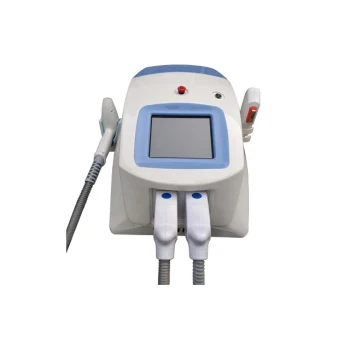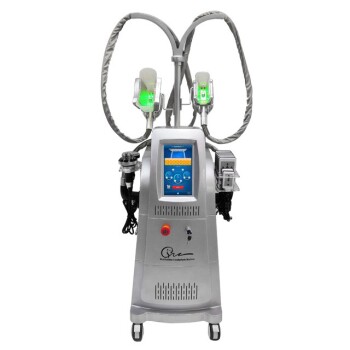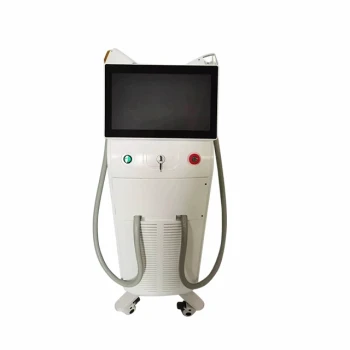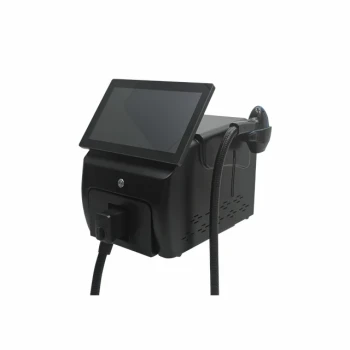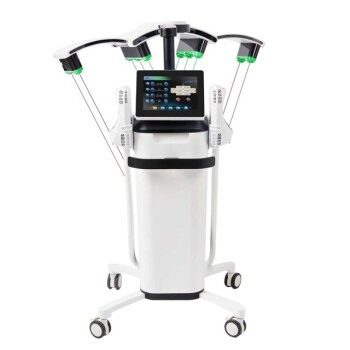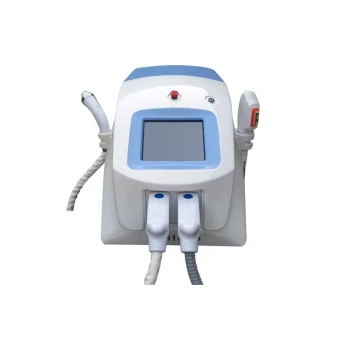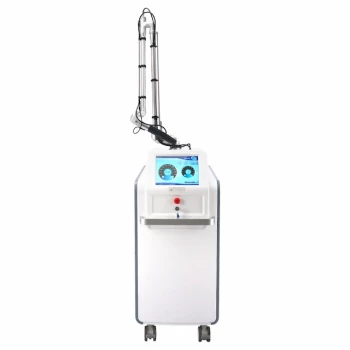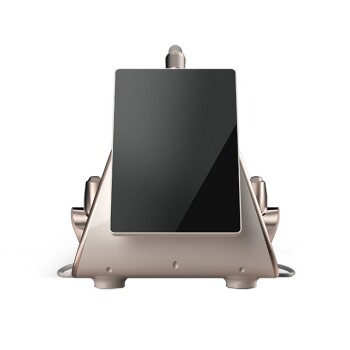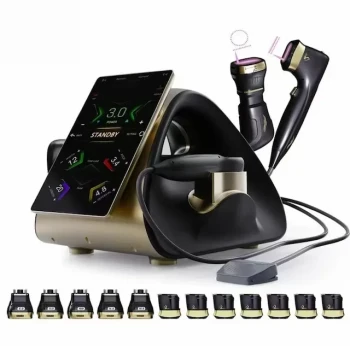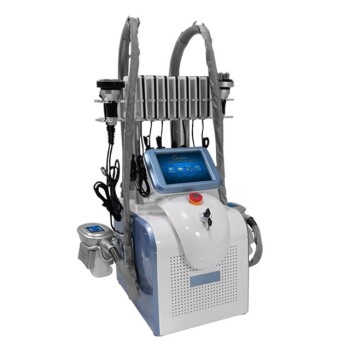In short, the primary disadvantages of laser liposuction are a significant risk of thermal injury (burns) to the skin and underlying tissues, a longer and more complex procedure, and a reduced tactile sense for the surgeon, which can lead to uneven results. These issues stem directly from the introduction of high-energy laser heat, a factor not present in traditional liposuction.
While often marketed as a less invasive alternative, laser liposuction's core technology—using heat to melt fat—introduces unique and serious risks. The central trade-off is accepting the potential for burns, nerve damage, and unpredictable outcomes in exchange for a speculative skin-tightening benefit.
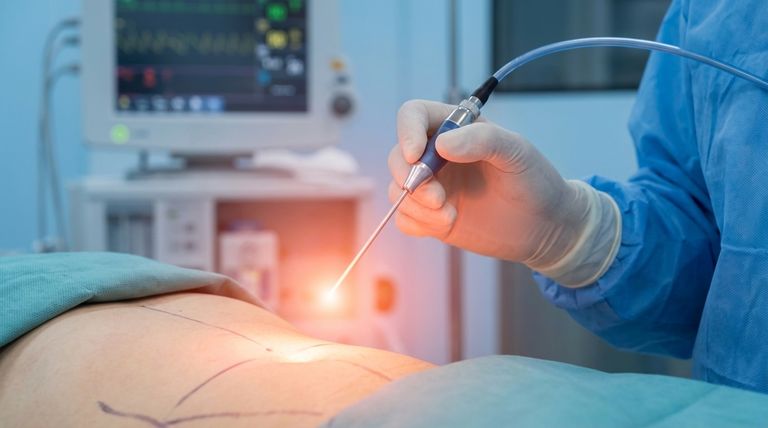
The Core Problem: Introducing Heat Into the Body
The fundamental difference between laser liposuction and traditional methods is the use of thermal energy. A laser fiber is inserted under the skin to melt fat cells before they are suctioned out. While this can stimulate collagen, the heat itself is the source of the procedure's main drawbacks.
Risk of Thermal Injury and Burns
The laser generates intense, focused heat. If the surgeon moves too slowly or the energy setting is too high, this heat can burn the underside of the skin or deeper tissues.
This can result in painful blistering, permanent skin discoloration (hyperpigmentation), or in severe cases, tissue death (necrosis) that creates hard lumps and requires further surgical correction.
Potential for Nerve Damage
The same heat that melts fat can also damage the delicate sensory nerves that run just beneath the skin.
While temporary numbness is a common side effect of any liposuction, thermal energy increases the risk of prolonged or even permanent numbness in the treated area.
Increased and Unpredictable Swelling
The body's inflammatory response to a burn is often more severe than its response to the mechanical trauma of traditional liposuction.
Patients may experience more significant and longer-lasting swelling as the body works to heal the thermal effects, potentially obscuring the final results for months.
Challenges in Surgical Technique and Precision
The equipment used in laser liposuction creates specific challenges for the surgeon that can directly impact the quality of the outcome. These are not just risks of complications, but limitations on the procedure's effectiveness.
Difficulty Gauging Tissue Depth
Traditional liposuction uses a larger, rigid cannula that provides the surgeon with direct tactile feedback, allowing them to feel the fat layers and their position.
The laser fiber is thin and flexible, making it difficult for the surgeon to feel precisely where the tip is. This lack of feedback increases the risk of treating tissue too close to the skin or creating an uneven contour.
Longer Procedural Times
Laser liposuction is a two-step process. First, the surgeon must methodically pass the laser fiber through the entire treatment area to melt the fat. Second, a separate cannula must be used to suction out the liquefied fat.
This is inherently less efficient than traditional liposuction, where fat is broken up and removed in a single step. Longer procedure times mean more time under anesthesia and increased overall surgical risk.
Risk of Asymmetry and Uneven Results
The combination of poor tactile feedback and the need to melt fat evenly creates a high potential for an inconsistent outcome.
If some areas are undertreated or others are overtreated, the final result can be lumpy, wavy, or asymmetrical. These "divots" and "hills" are notoriously difficult to correct.
Understanding the Trade-offs
Laser liposuction is not a universally superior technology; it is a specific tool with a narrow set of ideal use cases and significant trade-offs.
Limited Volume of Fat Removal
Laser liposuction is a body contouring tool, not a weight-loss method. It is only suitable for removing small, localized pockets of fat.
Attempting to use it for large-volume fat removal is inefficient, dramatically increases the risk of thermal injury, and is less effective than traditional liposuction.
Skin Tightening is Not Guaranteed
The primary marketing claim for laser liposuction is its ability to tighten skin by stimulating collagen production. While some tightening can occur, the effect is highly unpredictable.
Results depend heavily on the patient's age, existing skin quality, and the treatment area. It is not a substitute for a surgical lift (like a tummy tuck) for patients with significant skin laxity.
Potentially Higher Cost
The specialized laser equipment is expensive, and the longer procedural time increases costs for anesthesia and facility fees. This often makes laser liposuction more expensive than traditional liposuction for a comparable area, without a guarantee of a better result.
Making the Right Choice for Your Goal
Choosing the right body contouring procedure depends entirely on your specific anatomy, fat volume, and desired outcome.
- If your primary focus is significant fat reduction: Traditional liposuction is the more effective, efficient, and predictable choice for removing larger volumes of fat safely.
- If your primary focus is fine-tuning small fat pockets with good skin: Laser liposuction can be a consideration, but you must weigh the thermal risks against the possibility—not the guarantee—of a minor skin-tightening benefit.
- If your primary focus is correcting loose or sagging skin: A surgical lift is the only definitive solution, as no form of liposuction is designed to remove excess skin.
Ultimately, a successful outcome is achieved by matching the right technology to the right problem, based on a clear understanding of its inherent limitations.
Summary Table:
| Disadvantage | Primary Cause | Potential Outcome |
|---|---|---|
| Thermal Injury (Burns) | High-energy laser heat | Skin blistering, discoloration, tissue necrosis |
| Nerve Damage | Heat affecting sensory nerves | Prolonged or permanent numbness |
| Uneven / Lumpy Results | Reduced surgeon tactile feedback | Asymmetry, divots, difficult to correct |
| Longer Procedure Time | Two-step process (melt then suction) | Increased anesthesia time & cost |
| Unpredictable Skin Tightening | Varies by patient skin quality | Not a substitute for a surgical lift |
Achieve Superior, Predictable Body Contouring with BELIS
While laser liposuction carries inherent risks from thermal energy, BELIS specializes in advanced, reliable medical aesthetic technologies designed for safety and precision. For medical aesthetics clinics and premium beauty salons seeking the most effective and trusted equipment for their clients, BELIS provides state-of-the-art solutions.
Partner with BELIS to offer your clients:
- Advanced, Safe Technologies: Equip your practice with equipment that prioritizes patient safety and consistent outcomes.
- Enhanced Treatment Efficacy: Deliver superior results that build client trust and practice reputation.
- Professional Support: Benefit from our expertise in serving the medical aesthetics industry.
Contact BELIS today to explore our professional equipment portfolio and elevate your practice's offerings.
Visual Guide
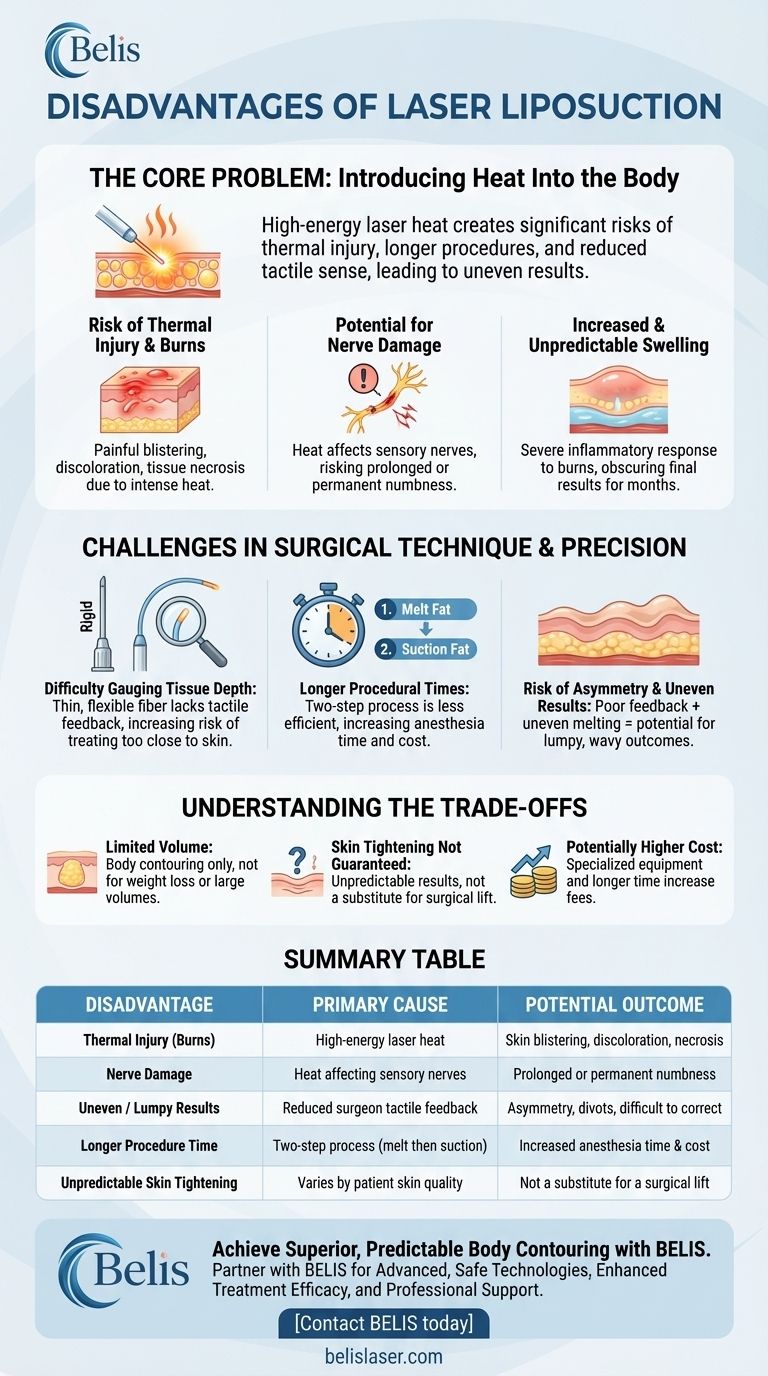
Related Products
- Clinic Use IPL and SHR Hair Removal Machine with Nd Yag Laser Tattoo Removal
- Cryolipolysis Fat Freezing Cavitation Lipo Laser Machine
- Cryolipolysis Fat Freezing Machine with Cavitation and Laser Lipolysis
- Clinic Diode Laser Hair Removal Machine with SHR and Trilaser Technology
- Cryolipolysis Fat Freezing Machine Cavitation Lipo Laser Machine
People Also Ask
- Can you see results after 1 IPL? What to Expect from Your First Treatment
- Does IPL work on all hair types? The Truth About Melanin & Hair Removal Success
- Are IPL machines safe? Understanding Skin Tone Compatibility for Safe At-Home Use
- Is IPL safe on breasts? A Guide to Safe Treatment and Avoiding Risks
- What is intense pulsed light good for? A Versatile Solution for Sun Spots, Redness, and Hair
